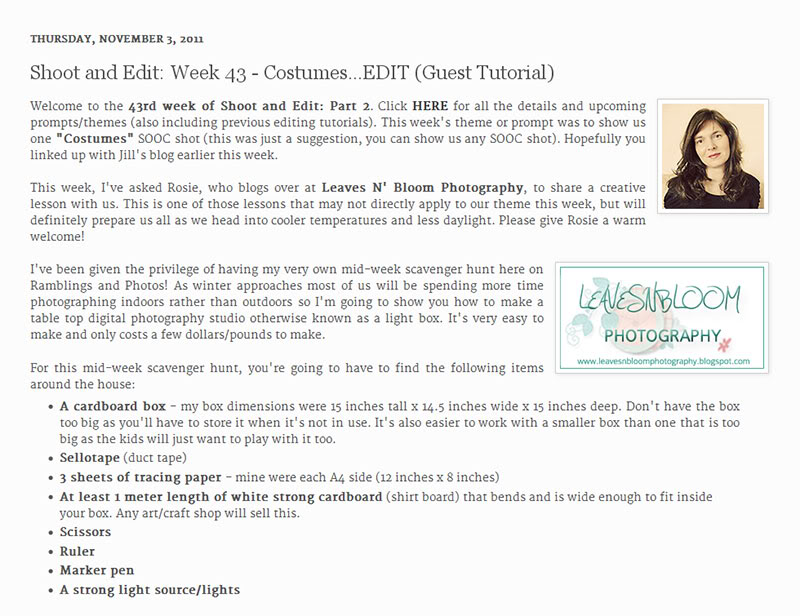
Here's a tutorial on how to make a DIY photography cardboard light box for next to nothing. You'll find most of the materials needed around the house and in about 1 hour you'll have your very own mini studio which is great for taking macro photos. This tutorial has become so popular over the last few months and I hope that you'll also take up the challenge and make one of these for yourself as it is so easy to make and the results are just fantastic! Just start with a cardboard box and some tracing paper!
Cardboard Lightbox for Photography
As winter approaches most of us will be spending more time photographing indoors rather than outdoors. So I'm going to show you how to make a table top digital photography studio otherwise known as a lightbox. It's very easy to make and only costs a few dollars/pounds to make.
What you Need
- A cardboard box - my box dimensions were height 15 inches x width 14.5 inches x depth 15 inches. Don't have the box too big as you'll have to store it when its not in use. It's also easier to work with a smaller box than one that is too big as the kids will just want to play with it too.
- Sellotape
- 3 sheets of tracing paper - Mine were each A4 size - 12 inches x 8 inches
- At least 1 metre length of white strong cardboard (shirt board) that bends and is wide enough to fit inside your box. Any art/craft shop will sell this.
- Scissors
- Ruler
- Marker pen
- A strong light source/lights
Once you've sourced all your materials the lightbox won't take long to make. Furthermore it really will improve your soocs and save you time post editing.
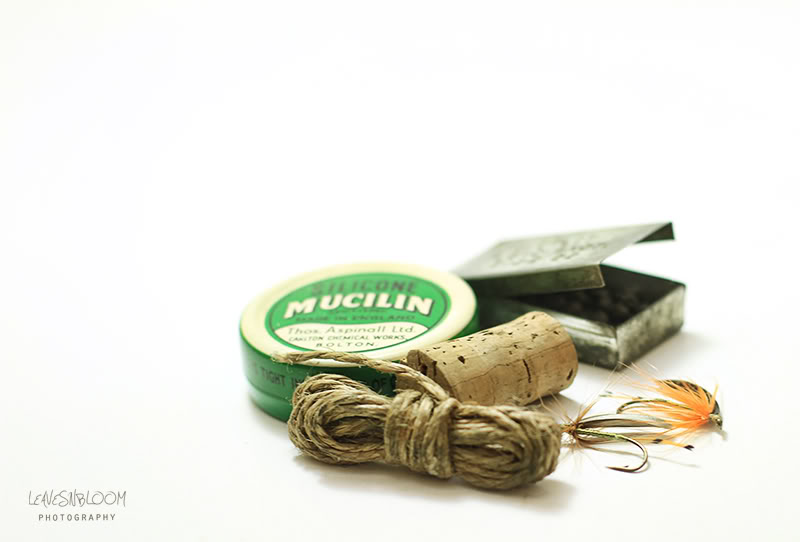
Procedure For Making the Cardboard Light box
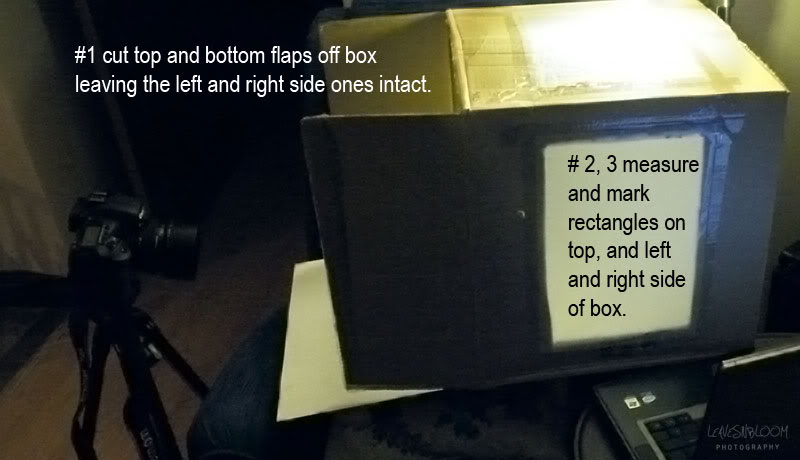
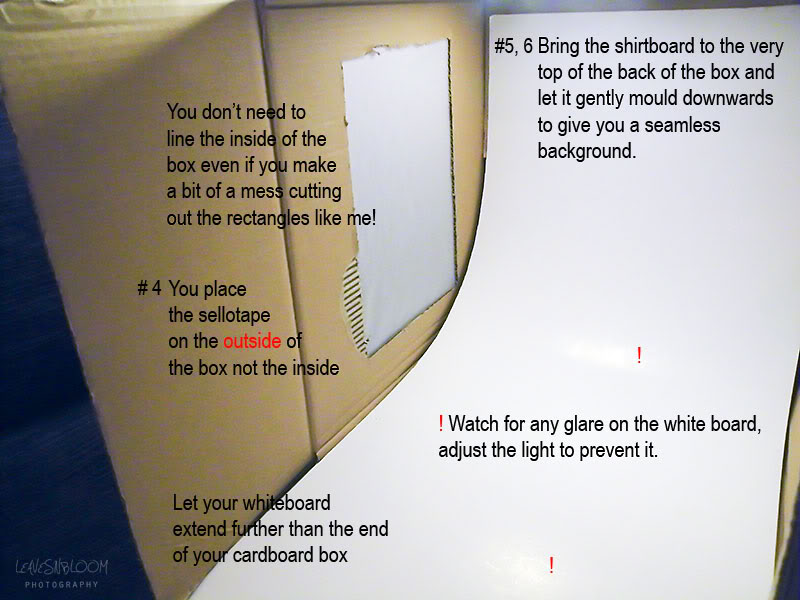
Inside the Lightbox
Tips when using your Cardboard light box
- I didn't use a table for the shots shown here. A chair, a floor lamp and a couple of cushions were very useful!
- If I'm directing light into the box from the sides I place an old small table lamp with no shade at each side. Then I adjust the light by moving them closer or further away from the box.
- The secret to getting good sooc's with this lightbox is setting your white balance correctly. I found that having my degrees of Kelvin around 2500 - 2800 was good for the colour of light that I was using. My white isn't gleaming white but pretty good I think for being sooc. I'm still learning how to work with degrees of kelvin indoors while in jpeg mode.
- Another thing I did with the shot above was just to slightly overexpose it without blowing out too many highlights. My own in-camera light metering/exposure compensation just wasn't as accurate in these conditions. In fact it took a few experimental shots to get it nailed.
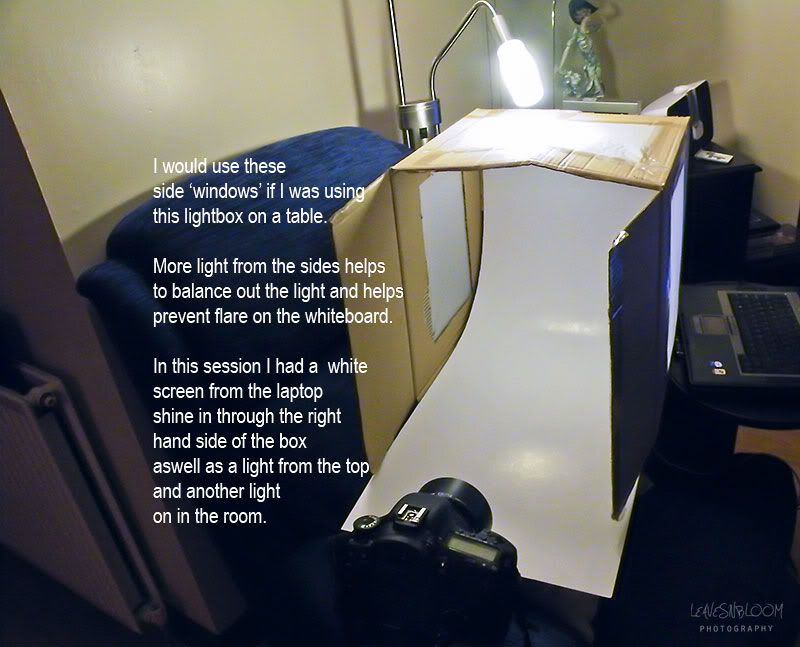
Adjusting light
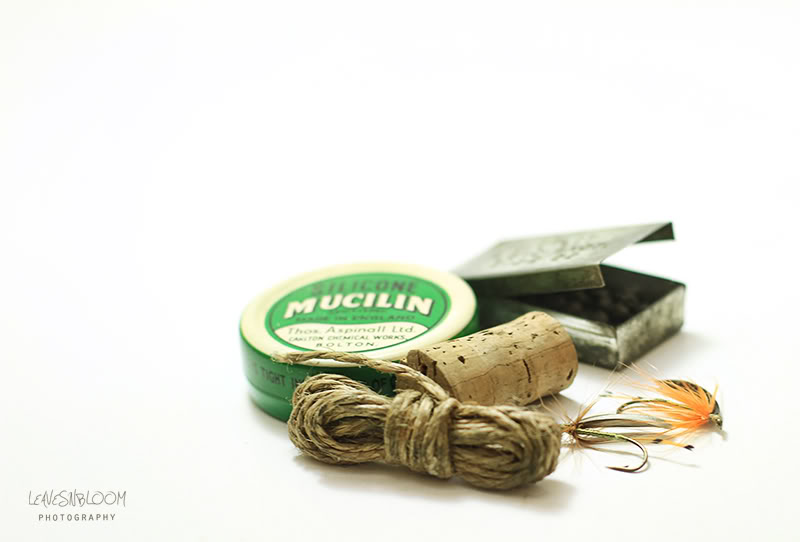
Sometimes I use a tripod other times I prefer to shoot handheld at different angles into the box. I've also found that the closer you get to the subject the brighter the white background sooc.
If you are not happy with the shadows inside the lightbox you can adjust the external lighting. Move the light closer to the tracing paper. Or make the light stronger by having the light source from both the top and the sides.
Editing in Photoshop
To make the background whiter you can open the shot in Adobe Camera Raw. Then adjust the white balance with the eye dropper. Another way is to choose the selective colour adjustment tool layer in photoshop. Select "white". Then slide the black slider to the left to make the white brighten just a little bit more.
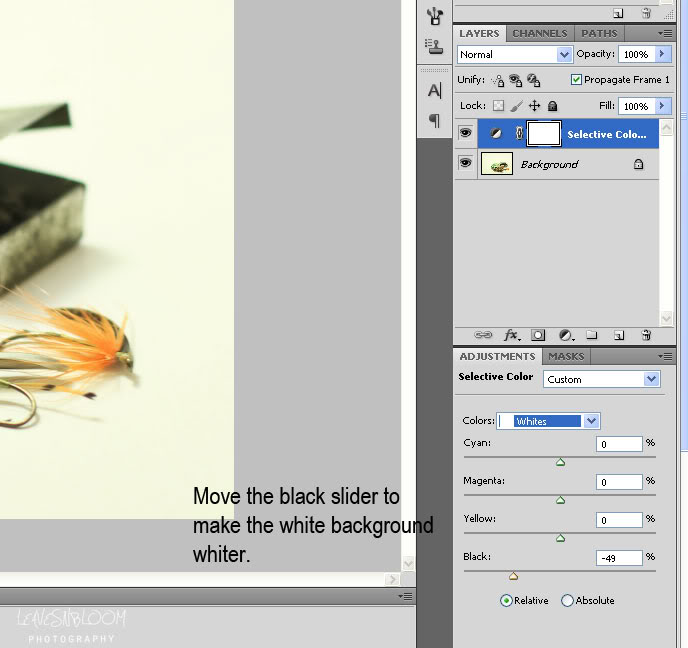
Or if you want to make a high key image you can go into your level adjustments layer. Choose the white eye dropper. Then place it on the white of the background to whiten the white a little more.
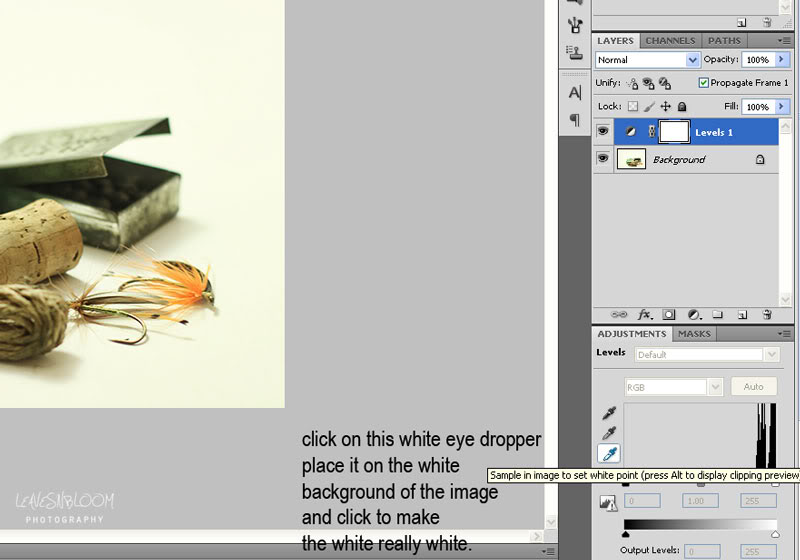
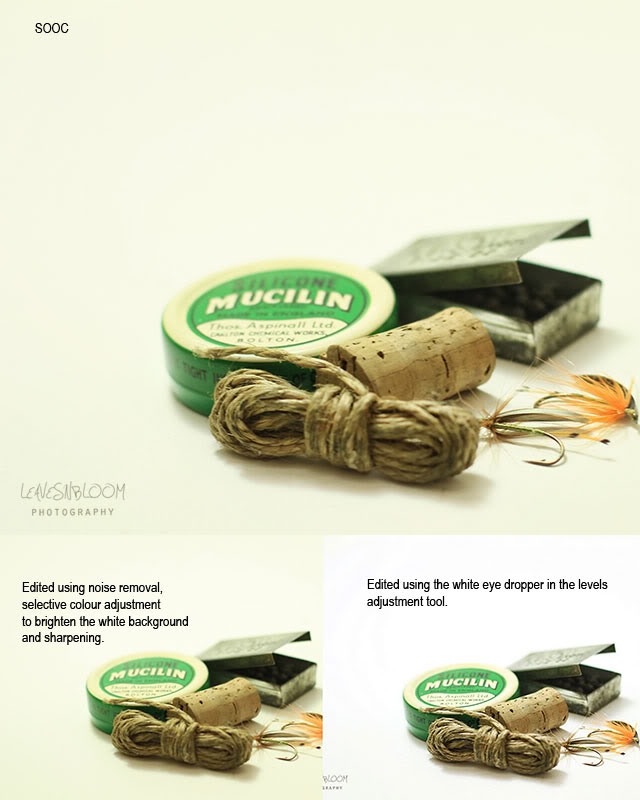
Finally here's a comparison of the sooc with both the selective colour adjustment and levels adjustment made in photoshop.
You can compare the whiteness of each background.
Here's another example ...
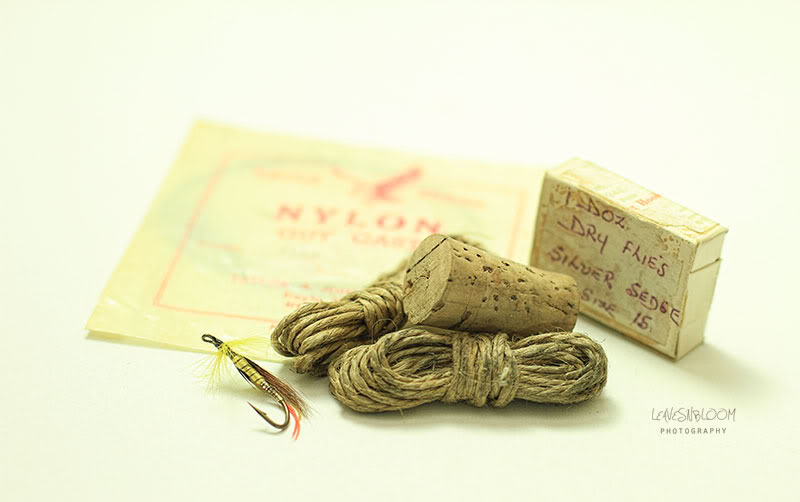
The photo is the real McKoi a genuine SOOC and it came out of the camera as white as that ... well if I didn't have a white blog background it would be quite close to looking white. I used 2900 degrees of kelvin white balance for my white balance setting. For my edit all this photograph needed was a contrast and clarity adjustment to bring out some of the detail, a slight crop and sharpening. Just make sure when you are croppping that you leave your shadows intact and don't crop into them.
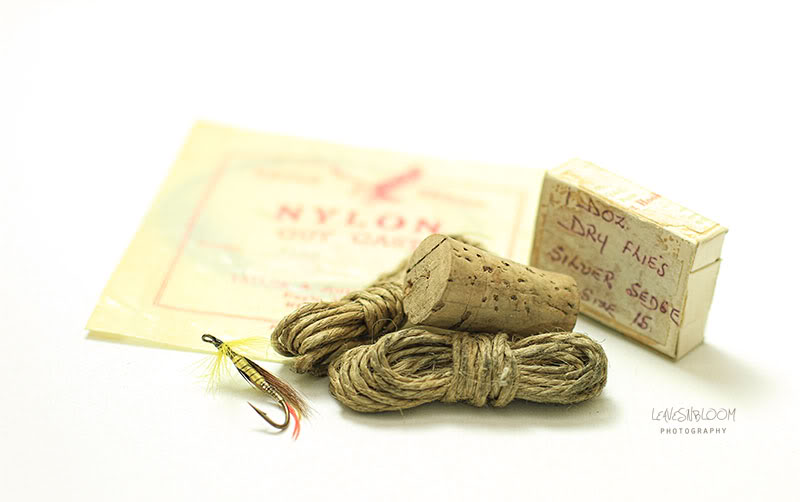
But there was just one more adjustment to make. I went back and touched up the background using the white eye dropper in the levels adjustment layer. After one click on that layer I can hardly see where the edge of the photo is as it blends in really well with my white background. Talk about making your whites white! ...sorry that sound's too much like a washing powder ad doesn't it. If the main subject in the photo looks too bright with that adjustment all you need to do is use a layer mask and use a soft brush at 100% opacity or less and brush the brightness off your subject.

